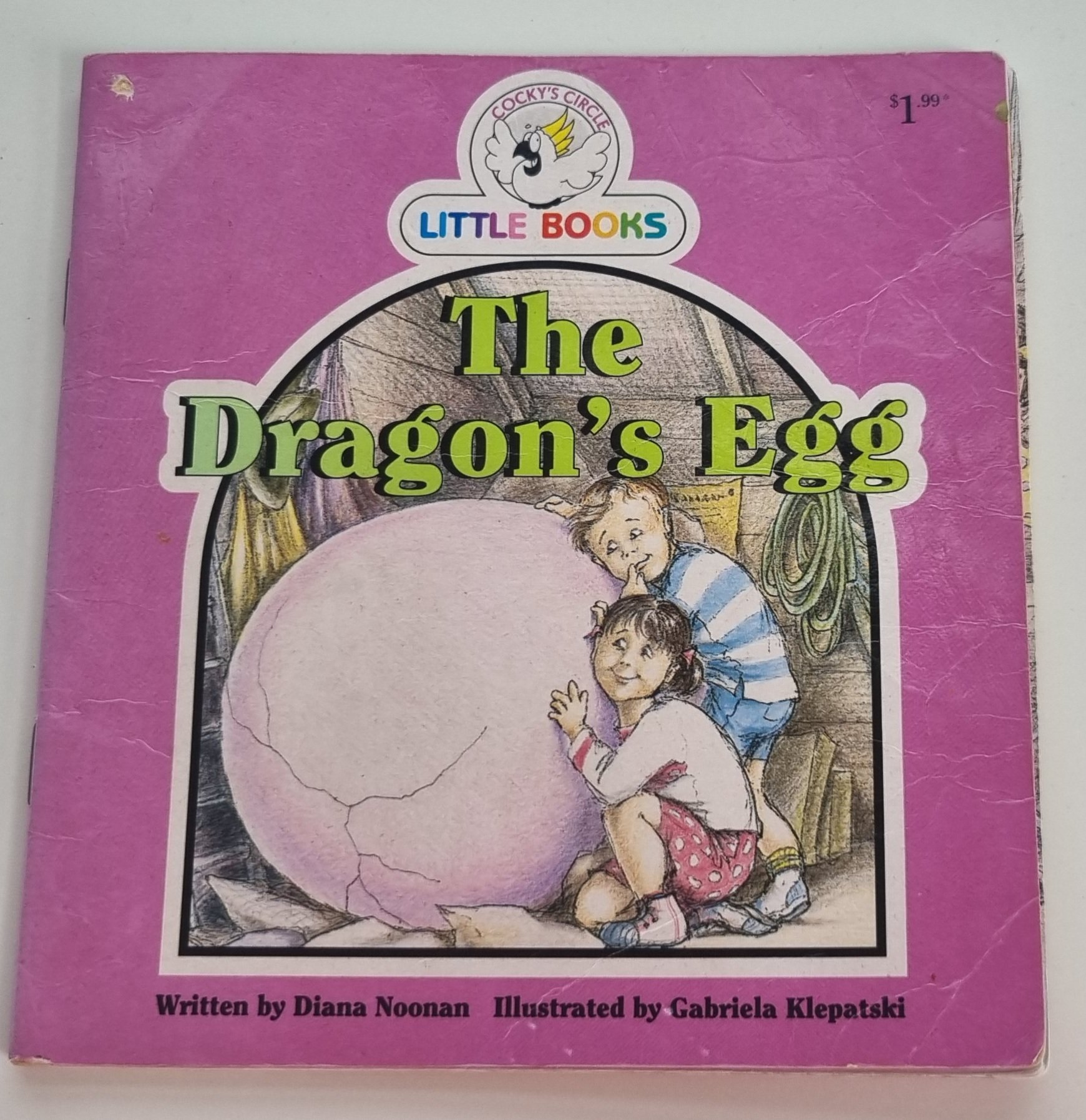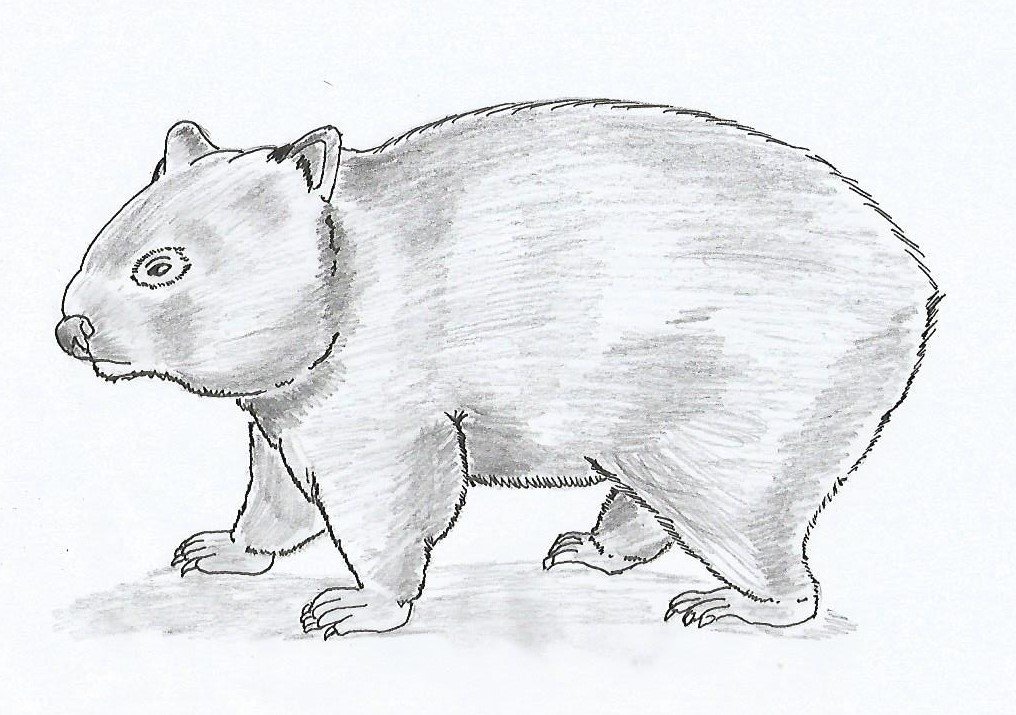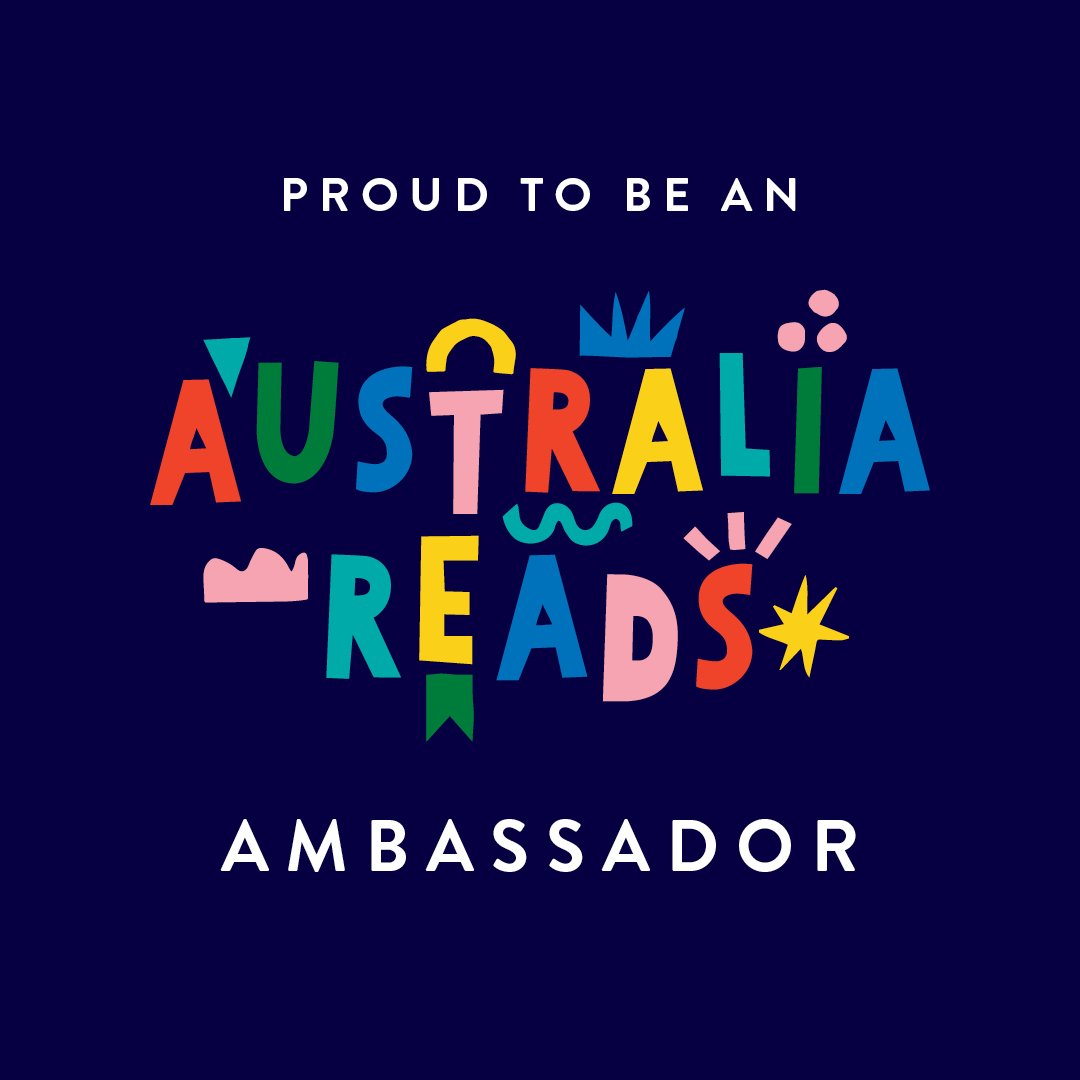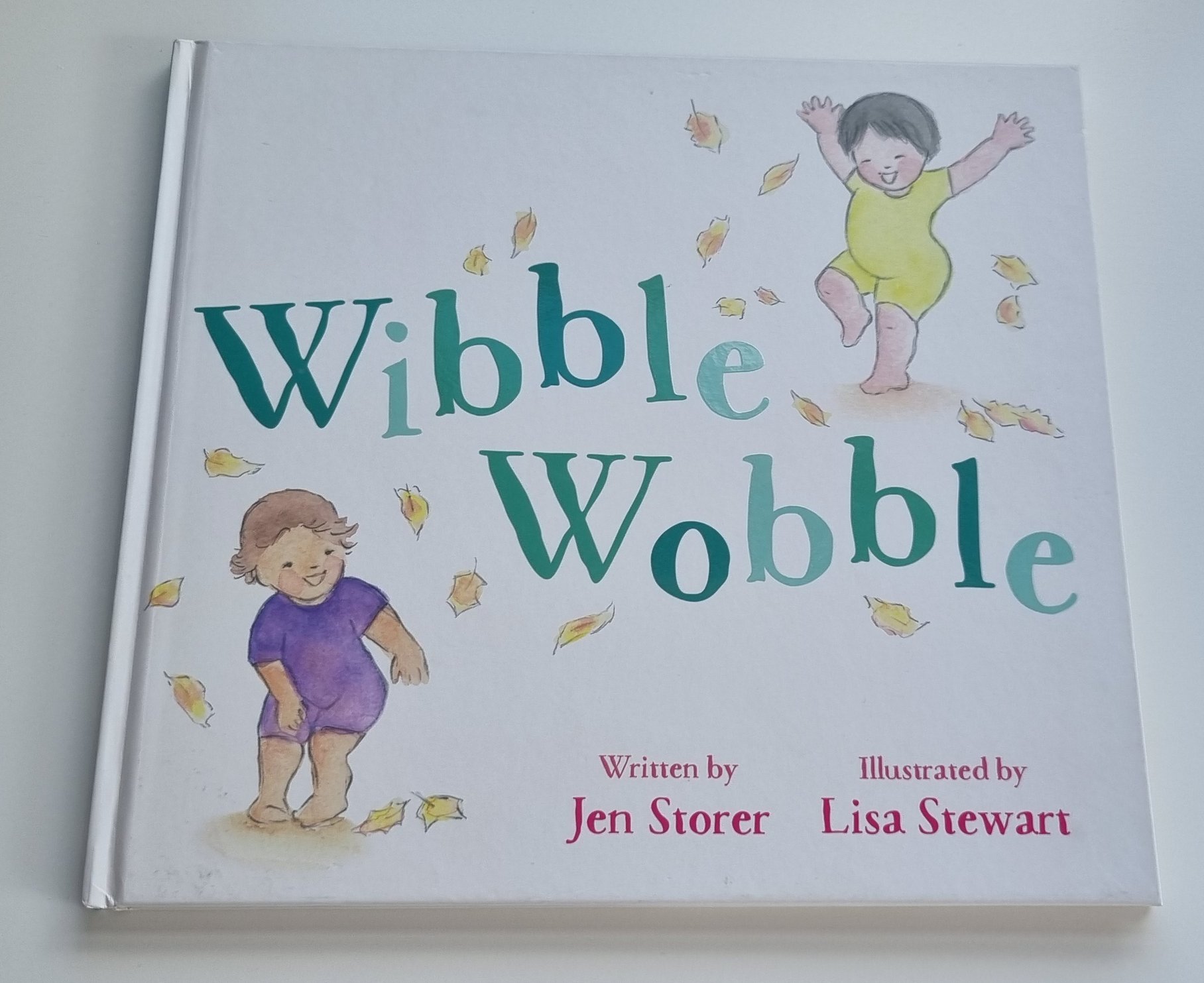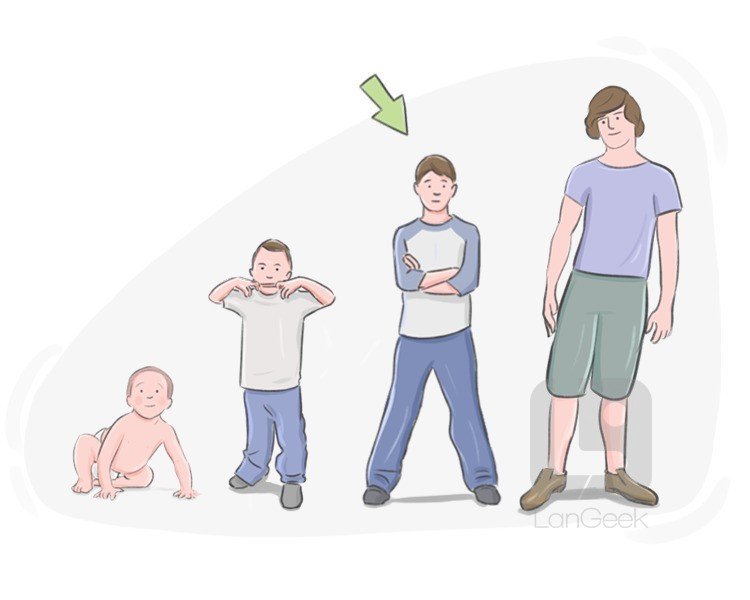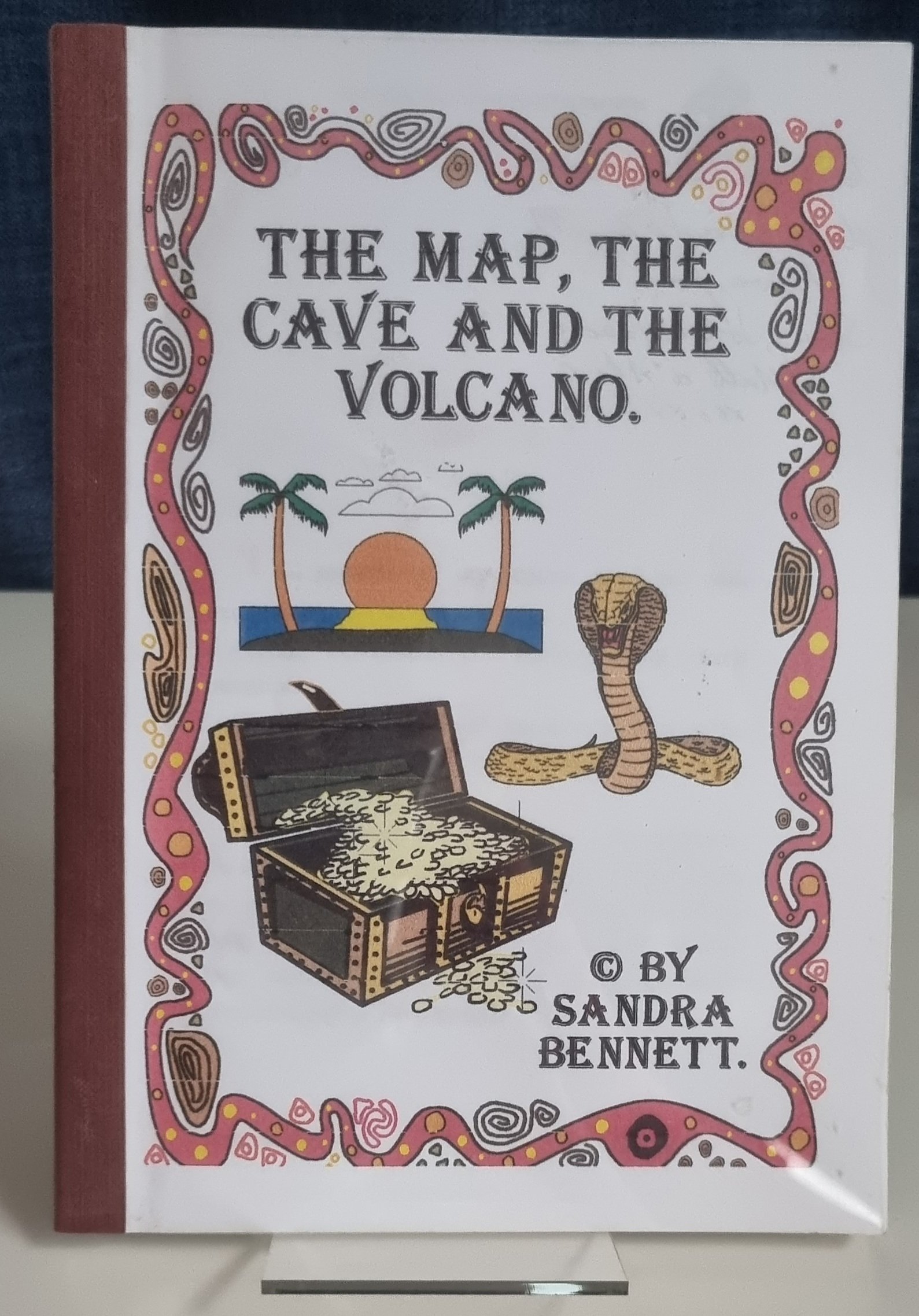If you have been following my writing journey for some time now, then you’ll probably know I have a fascination not only for dinosaurs, but for Dragons too. I recently wrote two previous posts on dragons, Dragon's in Children's Stories and Are Dragons Related to Dinosaurs?
With my picture book ‘Dragons Drumming’ becoming one step closer to reality, I thought today we would take a quick look at 5 Books About Dragons to Read with the Family. Each of these books are on my bookshelf and have been family favourites.
The Dragon’s Egg - Written by Diana Noonan, illustrated by Gabriela Klepatski -
Is a picture book that we have had since its release in 1992. It was a favourite with my boys when they were little and now is repeated aloud many times over to my grandchildren. With it’s lyrical rhyme and meter, the story takes two children on a fun and slightly scary adventure when they find an enormous egg and decide to take it home. They are soon to learn the secret of what lies within and how many days it takes to hatch a dragon from its egg.
Picture Book - The Dragon’s Egg, has been a much loved story to read aloud in our house.
Dancing With Dragons - Written by Amy Dunjey, illustrated by Jesus Lopez -
Is an absolutely stunning picture book published by Larrikin House in 2020. The illustrations are vibrant and inviting as two gorgeous dragons dance in the woods. When a little girl discovers them both, she is asked to judge their dance competition. Kids adore the fun and awesome dance routines in this rhyming tale of adventure and friendship.
Picture Book - Dancing with Dragons published by Larrikin House
One of the many gorgeous and vibrant illustrations inside the pages of Dancing with Dragons
Dragonology, the Complete Book of Dragons -
Published by Five Mile Press in 2003, and edited by Dugald A Steer, this book is a magnificent compilation that for all purposes looks like a non-fiction picture book resembling an encyclopedia of everything you would ever need to know about dragons. From where in the world to find dragons to all the many different species both Eastern and Western. This book even includes an Australian own marsupial dragon species that resembles a kangaroo with tiny wings and breathes a bluish fire. Perfect for your little budding scientist or historian, this book has all the information on dragons they could ever look for.
Dragonology - The Complete Book of Dragons is a fascinating ‘non-fiction’ like picture book.
information on the marsupial dragon on one of the pages inside Dragonology- The Complete Book of Dragons.
Dragon Skin - by Karen Foxlee -
Published by Allen and Unwin in 2021, this fabulous book is for your middle-grade readers. Set in outback Queensland in an old mining town, the story evolves around a young girl who discovers a baby dragon dying in an almost dry riverbed. As the story develops she learns to save the dragon, helping it grow with plenty of love, nurturing and friendship. It is a heart-warming tale that is also surprising and full of hope. I can’t recommend this book enough. It was so good, I couldn’t put it down and even my husband, (who never reads fiction) read it in only a couple of days.
Dragon Skin is a heart-warming unputdownable middle-grade beautiful story. Published by Allen & Unwin.
The blurb on the back of Dragon Skin to help tempt you to read it.
Eragon- by Christopher Paolini -
Originally self-published in 2002, this epic fantasy adventure is best suited for the upper range of middle-grade to young adult. My boys all read it in their early teens. Eragon is the first book in the Inheritance series that will captivate you with its galloping tale of action-filled adventure. When a teenage boy finds a beautiful blue gemstone, it is soon revealed to be a dragon’s egg. Once hatched, the boy and dragon become good friends and the boy learns to become a dragon-rider and sets out on an adventure like no other. Complete with the complexities of Norse, Anglo-Saxon, German and even Russian myths and language, it has an old world charm that will delight fantasy lovers. If you enjoy the book, you might also enjoy watching the movie (2006) if you can find it streaming somewhere.
Eragon, the first book in the Inheritance series, and well read in our house.
Eldest is the second book in the inheritance series, also well read in our house.
Bonus: How to Train Your Dragon, by Cressida Cowell -
First published in 2003, this book has been reprinted many times and has also been made into a movie. This is one of my favourite dragon stories as it fills me with warm memories reading it to my kindergarten class in 2005. As a chapter book I read this out loud every lunchtime while my class ate. It captured not only their attention but imagination. Many a time, we would reach the end of a chapter and they would beg me to continue reading. The antics of Hiccup Horrendous Haddock 111, his dragon (Toothless) and his Viking clan had them in uproarious laughter as anything that could go wrong, inevitably did. Sadly I seem to have misplaced this much loved book, (I’ve probably leant it to someone and it’s not been returned.) If your kids haven’t read it, get it, they’ll love it.
As for my picture book, Dragons Drumming, I can’t wait to share it with you. I hope to reveal the cover sometime this week. I have seen all the adorable illustrations and they are just magical. Dragons Drumming will help your little ones overcome there fear of thunderstorms as they orchestrate a glorious symphony of dragons playing percussion in the clouds.
Do you have a favourite dragon story that you remember reading as a child?
Is there a dragon story that your kids or grandkids love to read over and over again.?
Please share them in the comments below.

